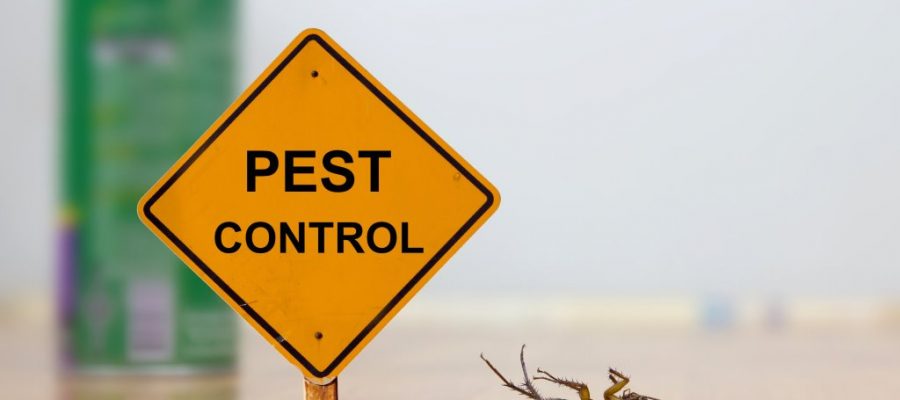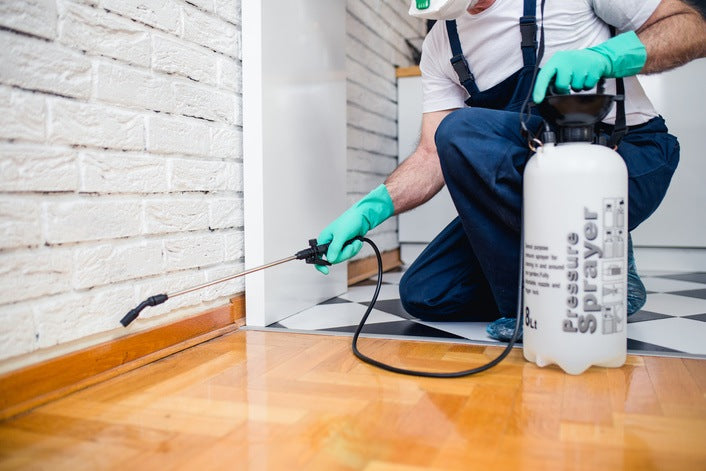Dependable Solutions for Rodents and Bugs from Pest Control Lockhart
Dependable Solutions for Rodents and Bugs from Pest Control Lockhart
Blog Article
Checking Out Infestation and Therapy Methods worldwide of Parasite Control
The landscape of parasite control includes a myriad of challenges, specifically as infestations of usual family pests proceed to develop. Comprehending the behaviors and reproductive patterns of these hassles is important for developing reliable treatment methods. By integrating preventative steps with innovative administration strategies, such as Integrated Insect Monitoring (IPM), property owners can much better protect their settings. However, the performance of these methods might differ considerably based upon specific scenarios. What hidden variables contribute to the success or failure of these approaches in different settings?

Common Home Pests
When it pertains to handling our living rooms, recognizing common home insects is vital. These parasites not just interrupt our convenience yet can additionally pose health dangers and damages home. The most common family bugs include ants, cockroaches, rodents, termites, and bed bugs.
Ants, typically seen foraging in kitchen areas, can pollute food and establish big colonies. Cockroaches, known for their strength, can cause allergic reactions and spread virus. Rats, including mice and rats, can cause architectural damages and bring illness like hantavirus and salmonella. Termites, frequently referred to as "quiet destroyers," can endanger the stability of wooden structures, bring about pricey repair services. Bed insects, although not disease carriers, can create considerable discomfort via their attacks and cause psychological distress.
Acknowledging the indicators of these bugs, such as droppings, nests, or bite marks, is essential for very early intervention (Pest Control Lockhart). Correct cleanliness techniques, sealing entry factors, and maintaining a clutter-free setting are efficient preventative measures. By recognizing these common house insects and understanding their habits, homeowners can take positive steps to alleviate problems, making sure a much healthier living atmosphere
Recognizing Insect Infestations
Parasite invasions can rise quickly, transforming a small inconvenience right into a significant issue otherwise dealt with without delay. Understanding the nature of these invasions is critical for efficient monitoring. Pests can get into property and business spaces for different factors, consisting of the search for food, shelter, or breeding premises. Usual factors adding to invasions consist of inadequate sanitation, structural vulnerabilities, and seasonal adjustments that drive parasites indoors.
Recognizing the kind of parasite is crucial, as different varieties display different behaviors and reproductive prices. Rodents might develop nests in hidden areas while pests like roaches grow in damp settings. Early discovery usually rests on identifying indications such as droppings, nibble marks, or unusual sounds, which can show a trouble before it becomes severe.
Ecological problems also play a vital duty in parasite expansion. Warm, moist environments can assist in the rapid development of bug populations, while changes in landscape design or building can inadvertently develop favorable environments. Regular evaluations and preventative procedures are critical to minimizing the danger of infestations. An educated approach to recognizing these dynamics lays the foundation for effective parasite management approaches in the future.
Treatment Approaches and Strategies
Effective treatment approaches and techniques are vital for minimizing pest infestations and bring back a secure environment. A multifaceted technique is usually best, incorporating chemical, biological, and mechanical techniques customized to the details parasite and the severity of the infestation.
Chemical treatments include the usage of insecticides and herbicides, which can successfully remove parasites. However, proper application and adherence to safety guidelines are important to lessen threats to human beings and non-target microorganisms. Integrated Parasite Monitoring (IPM) urges the wise usage of chemicals as a last hotel, depending rather on monitoring and limit levels to identify intervention demands.
Organic control techniques involve presenting natural predators or bloodsuckers to minimize pest populaces. This technique is increasingly preferred, specifically in agricultural setups, as it promotes environmental sustainability.
Mechanical techniques, such as traps and obstacles, offer immediate remedy for pests without presenting chemicals. Options consist of sticky traps for pests or physical barriers for rats.
Eventually, the selection of treatment approach must consider the certain pest, the setting, and potential influence on human health and ecological communities. A balanced mix of these strategies can successfully manage invasions while advertising long-term parasite control solutions.
Precautionary Measures for House
Proactively addressing insect concerns before they intensify is essential for maintaining a healthy home setting (Pest Control Lockhart). Implementing efficient safety nets can considerably lower the likelihood of invasions, eventually guarding both your home and well-being

Correct landscape design additionally plays a critical duty in avoidance. Maintaining hedges and trees cut away from your house minimizes the opportunities of bugs discovering their method inside your home. Moreover, guarantee that drain systems are functioning efficiently to avoid standing water, which can reel in insects and various other bugs.
Last but not least, routine evaluations are advisable. Regularly examining for indicators of bug activity enables very early intervention. By adopting these safety nets, property owners can create a setting that is less hospitable to bugs, consequently enhancing their total lifestyle and reducing the demand for comprehensive pest control treatments.
Commercial Parasite Control Techniques
A detailed method to industrial insect control is important for organizations aiming to keep a safe and sanitary environment. Reliable techniques entail a combination of routine inspections, worker training, and the implementation of Integrated Bug Monitoring (IPM) methods.
Normal evaluations make it possible for early detection of parasite activity, enabling for prompt intervention. Services need to develop a routine timetable for these assessments, focusing on risky locations such as kitchens, storage areas, and garbage disposal sites. Worker training is similarly crucial; staff must be enlightened on the signs of insect invasions and the relevance informative post of reporting them immediately.
Executing IPM methods aids minimize pest issues sustainably. This includes environment adjustment, such as securing access factors and lowering clutter, as well as employing natural deterrents before turning to chemical treatments.

Additionally, working together with an accredited parasite control service provider guarantees access to professional understanding and sophisticated treatment options. This partnership can lead to pop over to this site customized insect control intends customized to the details demands of business, decreasing threats and improving general efficacy. Ultimately, a proactive and enlightened strategy cultivates a pest-free atmosphere, protecting both public health and business reputation.
Verdict
In verdict, effective parasite control necessitates a thorough understanding of common family pests and their habits, coupled with targeted treatment approaches. Executing preventative measures together with therapy strategies such as Integrated Bug Monitoring and biological control improves the capacity to mitigate invasions.
Report this page